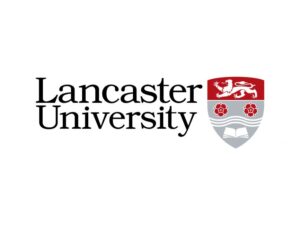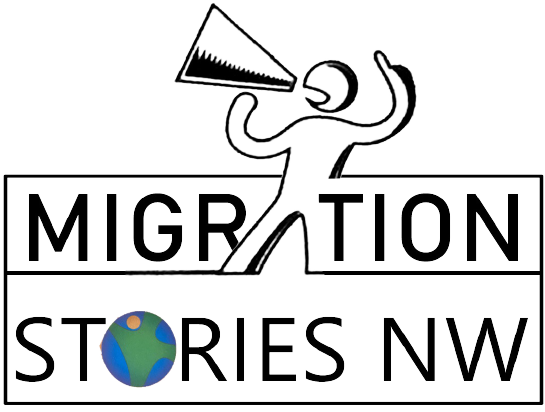Introduction to the stories
Introduction to the stories
This project is an invitation to go on a journey of discovery with those who migrated to or from the North West of England from ancient times to modern. Around one hundred entries (and counting) tell the stories of those who established a new place of residence across regional or national boundaries – and for some individuals, who did so several times over. There are two ways to begin: you can start with any image that intrigues you, the invitation of a face, the curiosity provoked by a painting or an object, or you can head to the map and start with the place of origin or destination.
Each story has been researched and documented by a volunteer in Cheshire, Cumbria, Lancaster, Liverpool, or Manchester, with the help of local families, schools, libraries, archives, universities, heritage sites and institutions. Some stories have the benefit of rich sources, including the personal testimonies of living migrants; some stories can only be told on the basis of one source: a Roman tombstone inscription, for example. The emphases and omissions reflect not only personal and local interests, but the source materials available. So while there are fewer stories from Ancient and Medieval Britain than for Modern, for example, and more accounts of men than women, this distribution does not reflect mobility in those periods or the gender of travellers so much as the significance of the printing press, the growth of literacy and the focus of bureaucratic record keeping. Practical issues also played a role for volunteers, such as ease of access to records or the state of digitisation. The project does not to claim to be all encompassing but it ranges widely, both across time and across space.
Each story stands on its own, but together they offer a window into global history, from the growth of the state or the enduring significance of warfare to the shrinking of distance through international travel. They expose the significance of taking a ‘top down’ approach to the history of migration by exposing the vacillations between welcoming and expelling humans and all the related legislation, and of ‘bottom up’ history by giving abstract concepts such as poverty or faith a face. Evident also are the richly diverse motivations for migration, the push and pull factors, coercion and choice, and the role of intention and chance in shaping lives. These are not only the stories of the migrants, however, but also of the places they called home, and how these places were shaped by their presence for generations to come.
As you explore, you will come across the inspiring and the heart breaking, the kindness of strangers and the harshness of prejudice, the familiar and the foreign. You will encounter the paradox that remote people, times and places can be both so different from today and so very similar. We hope you gain as much from your journey as those who contributed to this project have done and revel at how much the North West of England has shaped and been shaped by migration across time.
Corinna Peniston-Bird, Professor of Gender and Cultural History, Lancaster University


